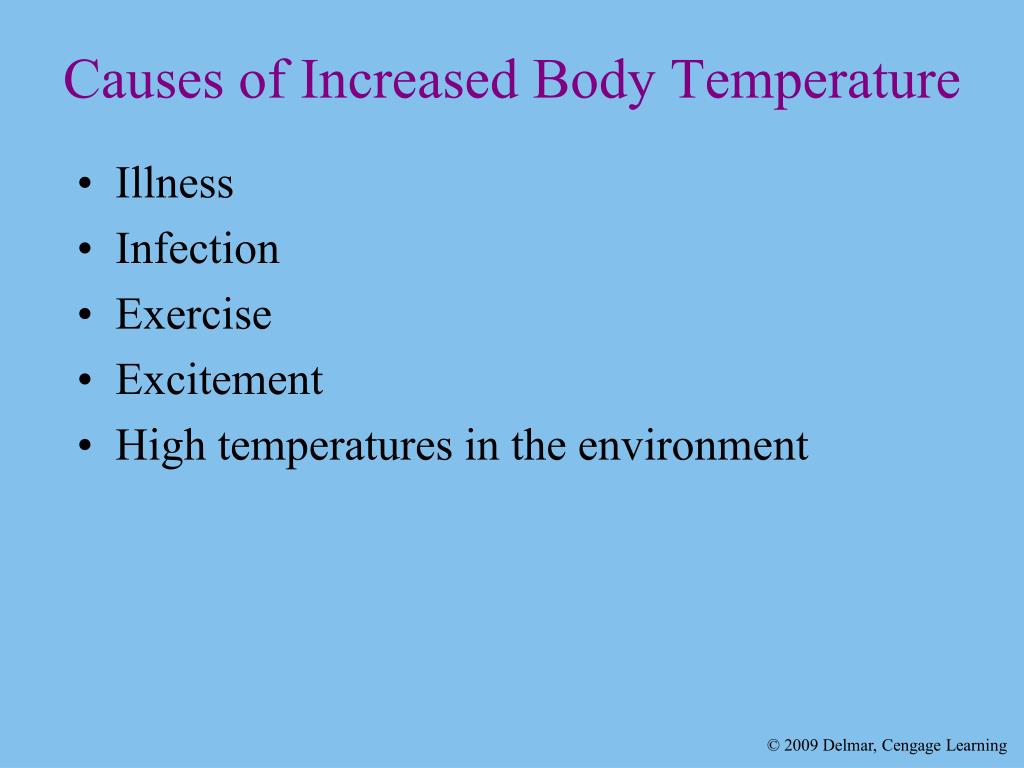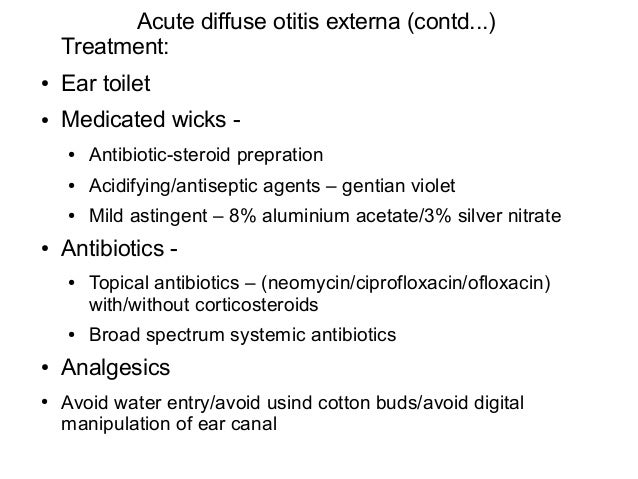
This exploratory study was designed to focus on the oral exchange (speaking and listening) because of its importance in chronic disease management. Although studies of listening-related issues may well be underway, no published health studies to date have reported measures of listening skills. The patient–provider interaction is also under study in new ways-with a focus on literacy skills of patients, communication skills of providers, and on the assumptions and misperceptions that may color the exchanges. They note that providers must pay attention to multiple components of communication and interaction such as openings for interruptions, the easy flow of exchange and question asking in order to shape an encounter that does not presuppose advanced literacy skills. have measured various aspects of the oral exchange, which primarily addresses provider and patient talk. Health researchers have only recently begun to consider literacy skills beyond reading, such as speaking and listening skills. Early schooling, and literacy instruction for adults, are focused on the development of these critical skills so that learners may apply them to the various educational activities and tasks involved in knowledge acquisition, critical thinking, and further skill development. Literacy, considered the cornerstone of education, consists of five interrelated skills: reading, writing, speaking, listening, and calculating (numeracy).
AURAL VS ORAL FULL
Consequently, the IOM report called for attention to the full array of literacy skills. The IOM report highlights the importance of broader measures of literacy because reading skills alone would not offer a logical explanation of differential health outcomes. Yet, the health activities and tasks needed for disease management require a variety of strong literacy skills that include but go beyond reading skills, ,. The analytic reports on health literacy from the Agency of Healthcare Research and Quality (AHRQ) and from the Institute of Medicine (IOM) both note the strength of findings related to links between reading skills and health outcomes. Literacy skills, as measured by approximations of reading assessments, have proven to be robust predictors of health outcomes.


for example, note that compared to adults with higher reading skills, adults with lower skills ask fewer questions about medical care issues, are more likely to ask the physician to repeat something, and are less likely to use medical terminology, refer to medications by name, request additional services, or seek new information. indicate similar links between asthma management and literacy measures. found similar patterns for heart disease and asthma care. have found that the ability to manage a chronic disease such as diabetes varies by literacy skills-with lower literacy skills being related to higher chronic disease problems, ,. Findings indicate that literacy, measured as approximations of reading skills, are related to greater difficulty in managing a chronic disease, ,, , obtaining health knowledge, , accessing care, and adhering to a medication regimen. Even working with approximations of reading skills, researchers developed a substantial body of literature demonstrating that literacy skills are related to healthy action and to health outcomes. Building on the findings from the national and international adult literacy surveys conducted in the 1990s and again in 2003, health researchers began to measure patients’ literacy skills and compare health outcomes among those with weak and with strong literacy skills. The field of health literacy emerged from an interest in exploring links between people's literacy skills and their health outcomes-and was spurred by the publication of findings from the first national survey of adults’ literacy skills in 1993.

Most recently, with the publication of findings from the educational field's assessments of adult literacy skills, attention has been focused on literacy-a core component of education, as a possible explanatory pathway. Explanations for this association have included improved work and economic conditions associated with higher educational attainment, broader social psychological resources, and healthier lifestyle choices among those with more education.

Indeed links between education and health in general are well-established, ,, ,. Adults with less than a high school education are more likely to die of a chronic disease than are those with higher levels of education. Studies indicate that the ability to manage a chronic condition, such as asthma, varies by education level. In 2000, chronic conditions, such as asthma, affected approximately 125 million (45%) people in the United States and about 61 million (21%) of these people had multiple chronic conditions.


 0 kommentar(er)
0 kommentar(er)
